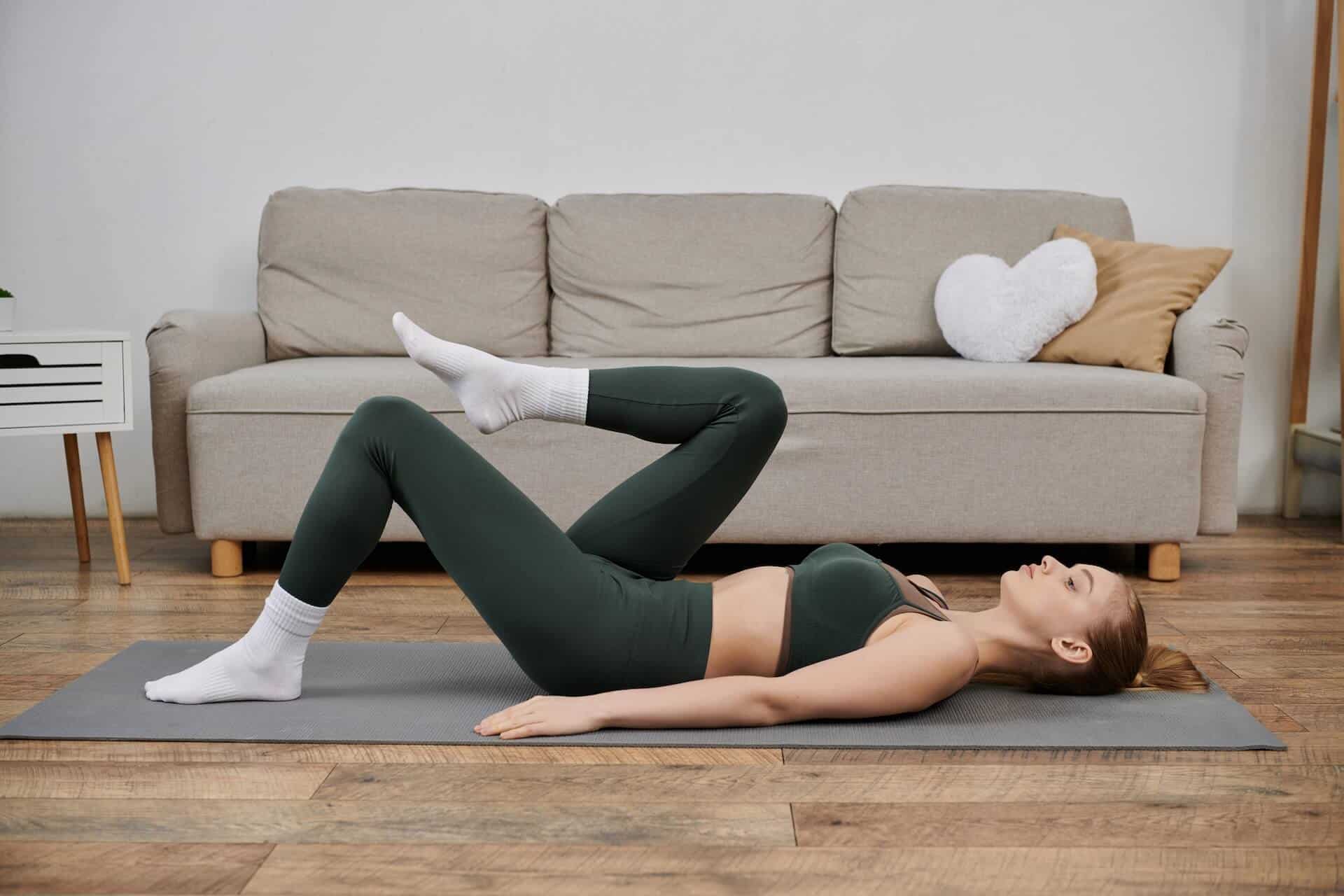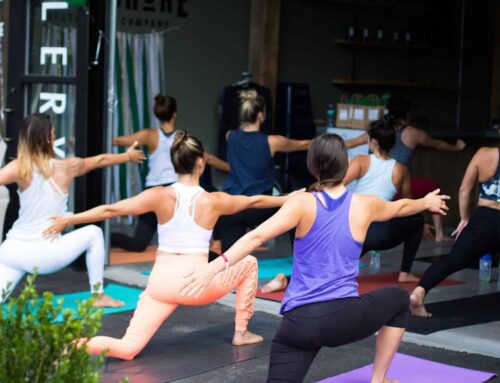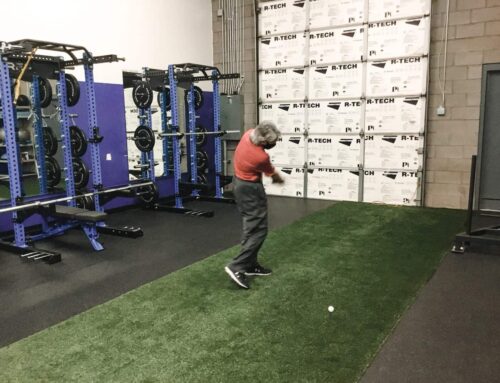Why Core Strength Is Essential for a Healthy Back
Your core is more than just a six-pack—it’s your body’s control center for movement. Whether you’re an athlete, navigating postpartum recovery, dealing with chronic pain, or just trying to stay active without breaking down, a well-functioning core is essential.
But here’s the thing: core weakness isn’t always about muscles. Often, it’s about your brain not trusting your body to move well. When that trust breaks down, the back overcompensates—working overtime, getting overloaded, and eventually triggering protective stiffness or pain.
The good news? The brain is “plastic” meaning it can adapt, rewire, and learn new movement patterns—even after injury, pain, or years of dysfunction. Once that learning takes hold, true strengthening and capacity-building can begin.
Let’s dive in.
What Is the Supine March Progression—and Why It Works
The supine march progression is a sequence of floor-based movements designed to reactivate and strengthen deep core muscles—without defaulting to compensations like overusing your back, hips, or neck.
But unlike traditional “core” routines, this progression serves a deeper purpose:
- As an Assessment Tool – It reveals breakdowns in control, timing, and coordination. If you can’t maintain spinal stability through a basic leg movement, your system isn’t ready for more complex tasks like running, lifting, or even prolonged sitting.
- As a Re-training System – This isn’t about chasing fatigue. It’s about restoring your brain’s ability to engage the right muscles at the right time—so your spine doesn’t have to keep bailing out weaker links. Only after this foundation is solid do we begin building capacity—challenging the body with increased demand while preserving form and coordination. This careful ramp-up ensures your body is ready to handle more without regressing into old compensation patterns.
This step-by-step progression is ideal for anyone looking to improve movement quality, reduce injury risk, or eliminate chronic stiffness.
How the Progression Works
Levels 1 & 2: Foundational Core Awareness
These early stages introduce core engagement without allowing the low back or hips to “cheat.” You’ll learn how to recruit deep stabilizers like the transverse abdominis—muscles that often go offline after injury, inactivity, or childbirth.
Levels 3 & 4: Strength & Control Under Load
These levels demand more from your coordination and endurance. You’ll work on maintaining spinal alignment while introducing multi-limb movements, challenging your ability to stabilize under asymmetrical load.
Level 5: Advanced Stability & Integration
This final stage introduces greater mechanical load and lever arms—forcing your deep core system to work hard without backup from your lower back. This is where true neuromuscular re-patterning happens—not just strength, but smarter strength.
The Best Core Exercises for Stability and Back Support
These 5 exercises are listed in order of difficulty. Master one before moving to the next. If you feel discomfort in your lower back or lose control of your core, return to the previous level to fine-tune your form.
Dr. Tom recommends 15–20 slow, controlled reps per level before advancing.
Level 1: Supine March
- Lie on your back with knees bent, feet flat, and a towel roll under your lower back.
- Engage your core and lift one knee toward your chest.
- Lower with control and alternate legs—keep your back gently pressing into the towel.
Level 2: Supine Knee Extension
- Start in the same position as Level 1.
- Instead of lifting, extend one leg straight out, keeping it just above the floor.
- Return to start and switch sides—focus on keeping the core braced.
Level 3: Up, Up, Down, Down
- Raise one leg to tabletop, then the other, maintaining towel contact.
- Slowly lower one foot at a time.
- This challenges your control through transitions—don’t let the low back arch.
Level 4: Tabletop Single Leg Stretch
- From tabletop, extend one leg toward the floor.
- Stop just before touching down, then return to tabletop.
- Alternate legs for 10–15 reps per side while maintaining back support and deep core engagement.
Level 5: Double Leg Stretch
- Begin in tabletop position, then extend both legs outward together.
- Return to start without letting the towel shift.
- This requires full-body coordination and advanced core control. Stop if you feel your low back lift off the towel.
How to Strengthen Your Core Safely and Progress Confidently
- Move on only when you’ve mastered the current level—no rushing.
- Maintain a strong mind-body connection. You should feel your core, not your back.
- If discomfort creeps in, go back a level. This is about movement quality, not brute strength.
- Slow is better. Controlled reps retrain the nervous system—fast reps reinforce bad habits.
When it comes to building real strength, more isn’t better—better is better. Before you level up your workouts, your brain has to trust your body to move well. Once that trust is rebuilt and movement is clean, then you can start building capacity—the ability to handle more work without flaring up or breaking down. That’s how you create strength that actually lasts.
Who Can Benefit from These Core Exercises?
These movements aren’t just for athletes—they’re for anyone who wants to move better and feel stronger:
- Postpartum Women – Reconnect with your deep core after pregnancy, without jumping into overly intense routines that your system isn’t ready for.
- Athletes & Active Adults – Improve movement efficiency, reduce injury risk, and enhance performance through better core timing.
- People Recovering From Injury – A safe, floor-based way to rebuild spinal stability and movement confidence.
- Chronic Back Pain Sufferers – Learn to offload the back by getting other key players (core, hips, glutes) back in the game.
Ready to Build a Stronger Core and a More Resilient Back?
This 5-step progression is one of the most effective ways to retrain your body and build lasting core strength. The payoff? Better posture, reduced pain, and improved movement in everyday life.
Need personalized guidance? Reach out to the Doctors of Physical Therapy team today and start your journey toward a more stable, pain-free core.








Leave A Comment